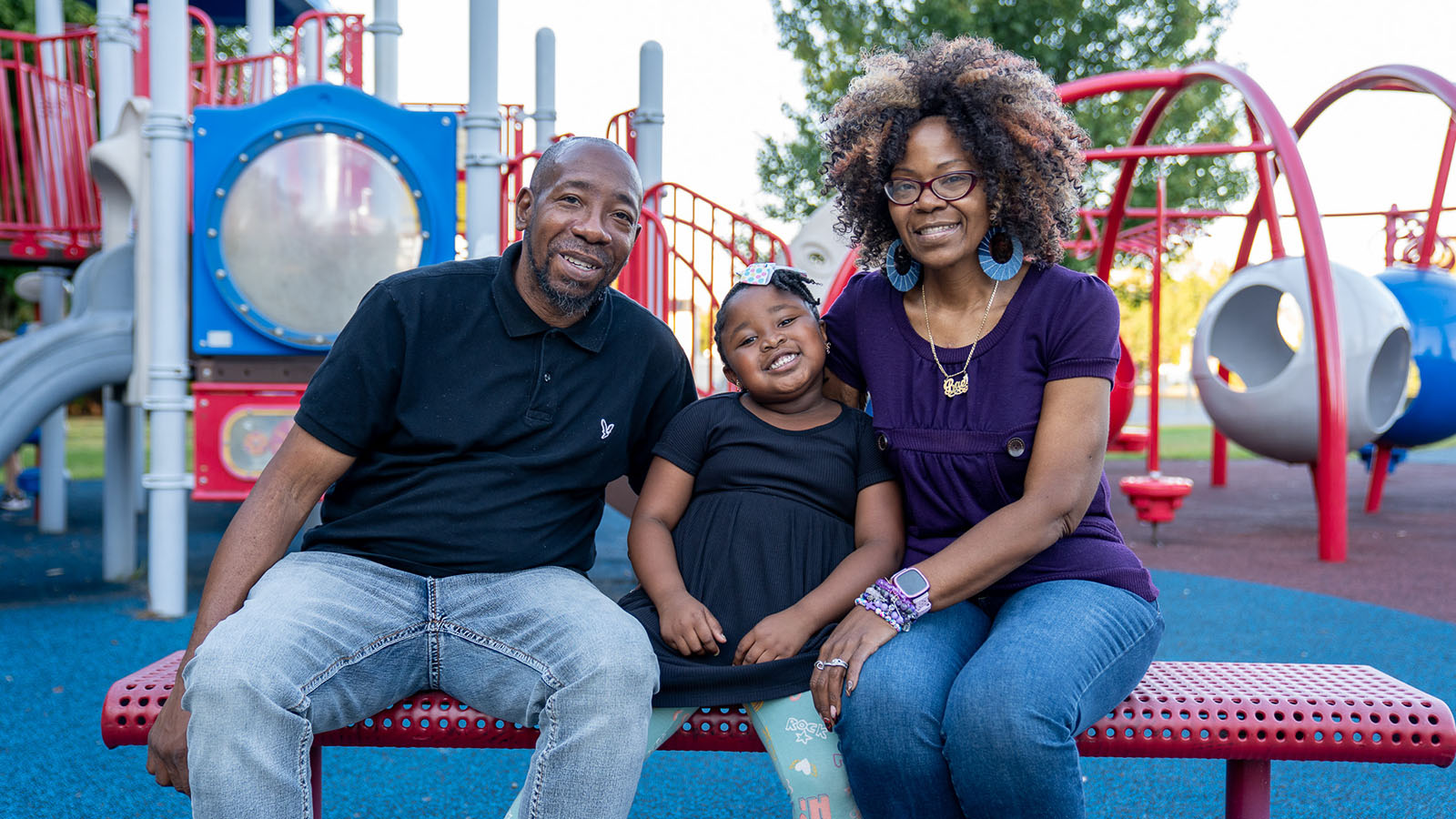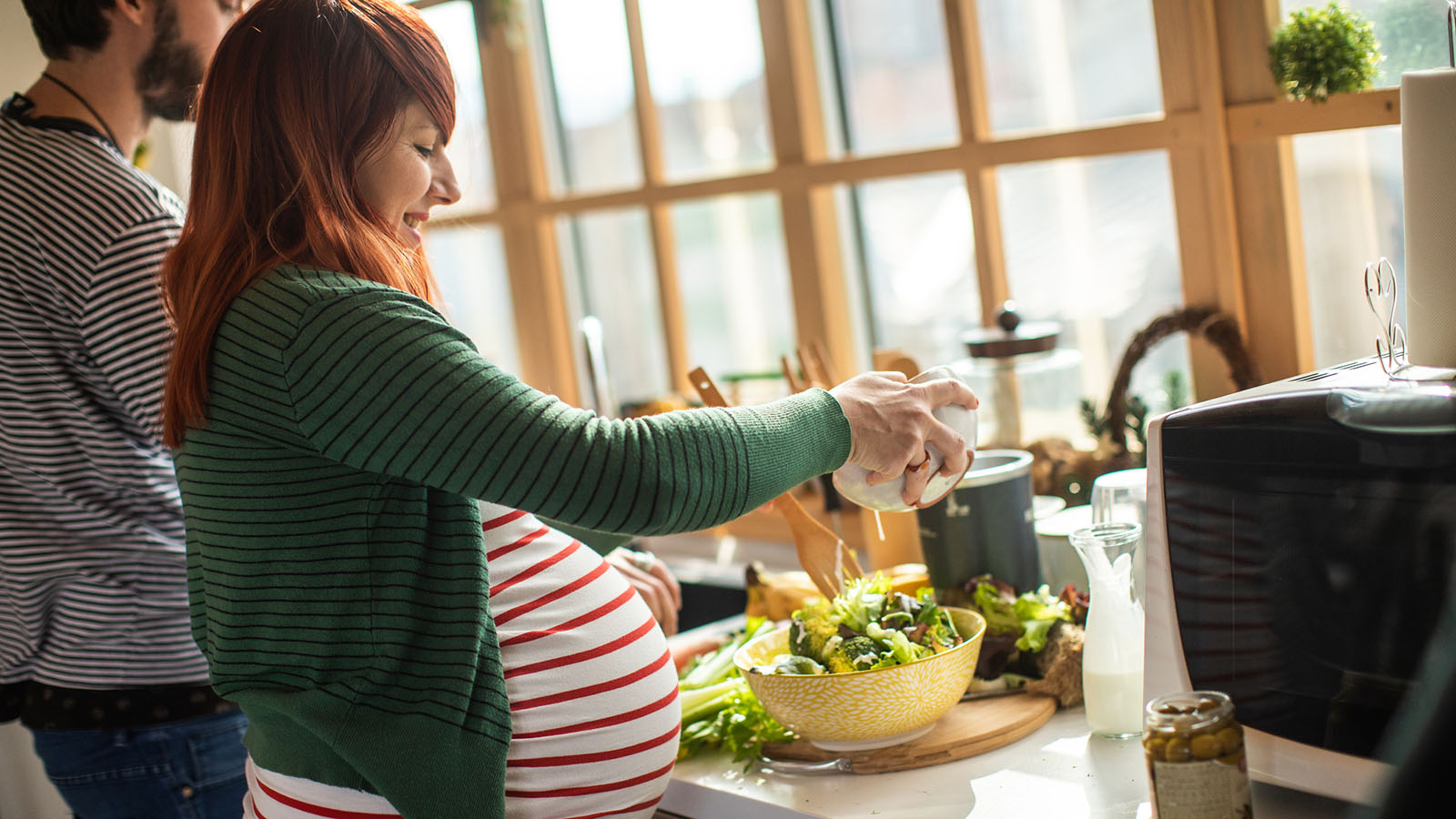Take Control of Incontinence, Prolapse, and Other Pelvic Floor Disorders
One in 4 women over age 20 experience pelvic floor disorders (PFD). Learn more about the treatments that can help you take control frustrating and life-altering symptoms.

By Patricia Zahner, MD, Urogynecologist, Virtua Female Pelvic Medicine
One in 4 women over age 20 experience a pelvic floor disorder (PFD). This condition results from weakening muscles, ligaments, and connective tissue in the pelvic floor. The symptoms of PFD can be embarrassing, frustrating, and life-altering, but effective treatment options continue to expand and improve.
What are pelvic floor disorders?
PFDs are a group of conditions that affect your pelvic floor, including pelvic organ prolapse, urinary incontinence, and fecal incontinence. These disorders result from damage or weakness in the pelvic floor.
As the pelvic floor weakens, your pelvic organs lack the necessary support to function properly. This weakening may occur due to aging, menopause, pregnancy and childbirth, or injuries and health conditions that affect the nerves in the pelvis.
Several factors can increase pressure on the pelvic floor putting you at risk for developing a PFD, including obesity, constipation, straining during bowel movements, and heavy lifting. Smoking is another risk factor that can weaken connective tissue throughout the body.
Here are three of the most common PFDs:
Pelvic organ prolapse
Pelvic organ prolapse (POP) occurs when the pelvic organs drop downward due to a lack of support from the pelvic floor muscles and tissues. Approximately 30 percent of women age 40 and older experience some degree of POP, though many women don’t experience any symptoms. If you have severe POP, you may notice tissue coming out of your vagina. While it can be alarming, it’s only dangerous if the prolapse prevents you from emptying your bladder or bowel, which is relatively rare.
Urinary incontinence
Urinary incontinence, or the involuntary loss of urine, affects approximately 50 percent of women in the United States. It occurs when the muscles surrounding the urethra, the tube that carries urine out of the body, are weak or function poorly. The two most common forms of urinary incontinence are stress incontinence and urge incontinence.
Stress incontinence happens when urine leaks during sneezing, coughing, laughing, or exercising. Urge incontinence involves a sudden, strong urge to urinate. Some women may also experience frequent urination (known as overactive bladder) or difficulty emptying their bladders.
Fecal or bowel incontinence
Fecal incontinence, defined as the involuntary loss of stool or gas, affects at least one in every 12 people in the United States. Because the pelvic floor muscles and anal sphincter work together to control stool and gas, damage to these muscles can make bowel control difficult.
How are pelvic floor disorders treated?
Many treatments are available for PFDs, most of which don’t require surgery. Your doctor may recommend conservative treatments first.
Lifestyle and behavior changes
Losing weight, avoiding foods and beverages that irritate your bladder, and limiting fluid intake at certain times of day can help manage some PFDs. Exercises like Pilates, yoga, or tai chi can also strengthen and tone your pelvic floor muscles.
Physical therapy
Pelvic floor physical therapy treats urinary and fecal incontinence through targeted exercises for your pelvic floor. To enhance muscle strength, your therapist may also use behavioral approaches like bladder retraining or pelvic floor electrical nerve stimulation.
Medication
Several medications are available to treat urinary incontinence and overactive bladder. However, since medications don’t correct weakness or damage to the pelvic floor and may cause bothersome side effects, they’re often used temporarily or in combination with other therapies.
Pessaries
A pessary is a plastic device you insert into the vagina to provide added support to pelvic organs. Pessaries can help manage POP, urinary incontinence, and fecal incontinence. There’s a range of pessary options—your doctor will guide you on the size and shape that best suits your needs.
Botox
Botox, commonly known for its use in reducing facial wrinkles, can also treat certain types of urinary incontinence.
Nerve stimulators
Neurostimulator devices can improve the communication pathways between the pelvic floor nerves and the brain. Implantable devices for sacral nerve stimulation (InterStim) can treat urinary and fecal incontinence. And, temporary stimulation of a leg nerve (posterior tibial nerve stimulation, or PTNS) can alleviate symptoms of an overactive bladder.
Surgery
If your PFD doesn’t respond to other therapies, your doctor may recommend surgery. The type of surgery will depend on your specific condition and its severity. Various minimally invasive options are available, and your doctor might suggest other therapies or lifestyle modifications to enhance the long-term effectiveness of the surgery.
Connect with a Virtua pelvic floor specialist
- Take a quick pelvic floor assessment to see if you would benefit from an appointment with a Virtua pelvic medicine specialist.
- Call 888-847-8823 to schedule an appointment with a Virtua pelvic medicine specialist.
There's So Much More to Explore
Discover expert insights, inspiring stories, health tips, and more by exploring the content below!

Cervical Cancer Screening Guidelines: What You Need to Know

HeartTalk Magazine

How to Spot the Early Signs and Symptoms of a Stroke

Bioidentical Hormone Replacement Therapy Pellets: Relief for Menopause and Andropause Symptoms

Why Is Sex Painful During Pregnancy? Pelvic Congestion Syndrome Explained

COVID-19 Vaccines and Pregnancy: FAQs

From Exhaustion to Empowerment: Tracy's Hormone Replacement Therapy Success Story

Sexual Health FAQs: The Questions Everyone’s Too Embarrassed to Ask

Young Breast-Cancer Survivor Has New Hope for Healthy Future

What To Know About Vaginal Discharge During Pregnancy

Tara's Story: From Debilitating Uterine Fibroid Pain to a Half-Marathon Medal

Is Your Post-Pregnancy Belly Bulge a Sign of Diastasis Recti?

Your Guide to Mammograms: When to Get Screened and What to Know

Healthy Weight Gain During Pregnancy: A Guide for Moms-to-Be

Not Just for Wrinkles: Botox Injections Promote Improved Bladder Control

Caring Maternity Team Transforms Harley's Pregnancy Crisis Into Lasting Memories

Robotic Hysterectomy, Trusted Care Help Bobbi Shine Again

How to Have a Healthy Pregnancy if You're Overweight

4 Surprising Health Truths You Should Know

Is Low Sex Drive Normal? Revealing the Complex Causes of Low Libido in Women

CABG Surgery: What Women Should Know About Heart Health and Healing

Stress Incontinence vs. Urge Incontinence: What's the Difference?

4 Foolproof Pelvic Floor Strengthening Exercises for Women

What to Expect During Perimenopause

4 Ways to Stay Fit and Healthy on a Budget

Do You Know the Signs and Symptoms of Uterine Fibroids?

How Are Uterine Fibroids Treated?

Can I Have Sex After a Hysterectomy?

What to Expect From a Robotic Hysterectomy

When You Need A Hysterectomy Know Your Options

Take Control of Incontinence, Prolapse, and Other Pelvic Floor Disorders

How Can I Prevent Bone Loss and Osteoporosis?

The Truth About Menopause, Weight Gain, and Belly Fat

Shedding Light on Lesser-Known Menopause Symptoms and Solutions

Debunking The Myths About Vaginal Dryness

Advanced Minimally Invasive GYN Surgery Puts You at the Center of Care

Colitis Symptoms Under Control, Jennifer Is ‘Living My Best Life’

Surprising Symptoms May Signal Stroke In Women

The HPV Vaccine: A Powerful Shield Against Cervical Cancer

How Does Breast Density Affect Your Mammogram?

Menopause: New Insights Into the Power of Hormone Replacement Therapy

How to Prevent and Treat Urinary Tract Infections

One New Heart Valve Saves Two Lives in the Tritten Family

Breast Cancer Diagnosis Inspires Catherine to Help Others

How the Unique Stages of a Womans Heart Affect Her Health

Sarah Wins Back Her Health After Crohn's Disease Diagnosis

A Breast Self-Exam Saved Kristen's Life

How Sex Keeps You Healthy as You Age

Protect Your Child From HPV and Related Cancers

Why IUDs Might Be The Most Effective Birth Control

5 Things You're Too Embarrassed to Tell Your OBGYN

